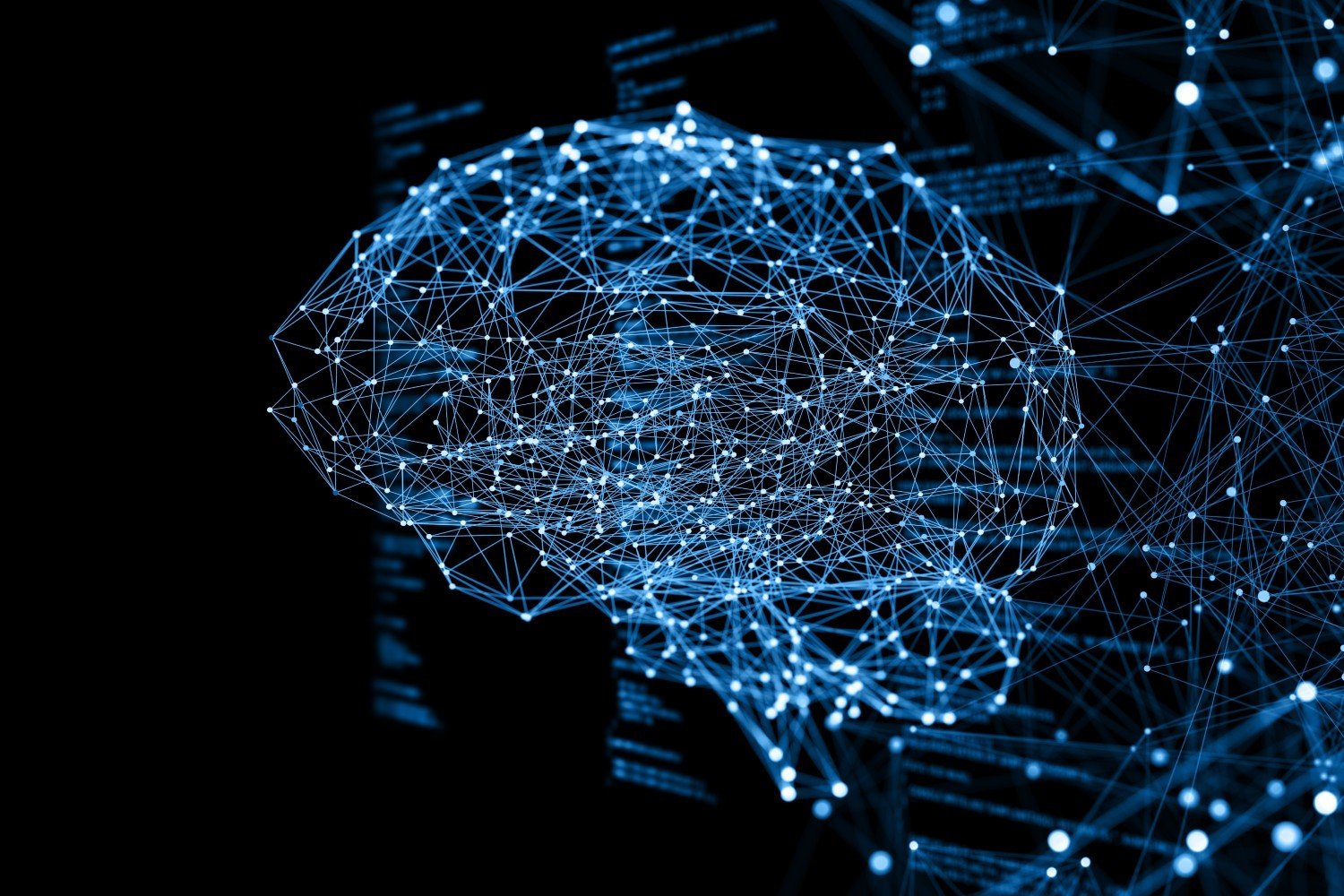
Image credit: shutterstock
NTT Corporation and the University of Tokyo in Japan have devised a new learning algorithm inspired by the information processing of the brain that is suitable for multi-layered artificial neural networks (DNN) using analog operations. This breakthrough will lead to a reduction in power consumption and computation time for AI.
Researchers achieved the world’s first demonstration of efficiently executed optical DNN learning by applying the algorithm to a DNN that uses optical analog computation, which is expected to enable high-speed, low-power machine learning devices. In addition, they have achieved the world’s highest performance of a multi-layered artificial neural network that uses analog operations.
DNN technology enables advanced artificial intelligence (AI) such as machine translation, autonomous driving and robotics. Currently, the power and computation time required is increasing at a rate that exceeds the growth in the performance of digital computers. DNN technology, which uses analog signal calculations (analog operations), is expected to be a method of realizing high-efficiency and high-speed calculations similar to the neural network of the brain. The collaboration between NTT and the University of Tokyo has developed a new algorithm suitable for an analog operation DNN that does not assume the understanding of the learning parameters included in the DNN.
This research is expected to contribute to solving emerging problems associated with AI computing, including power consumption and increased calculation time.




